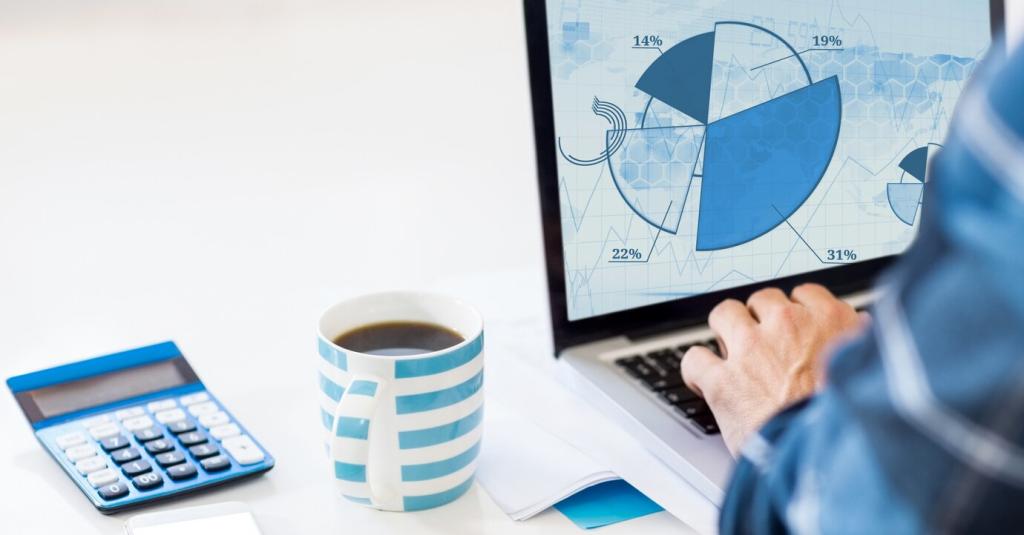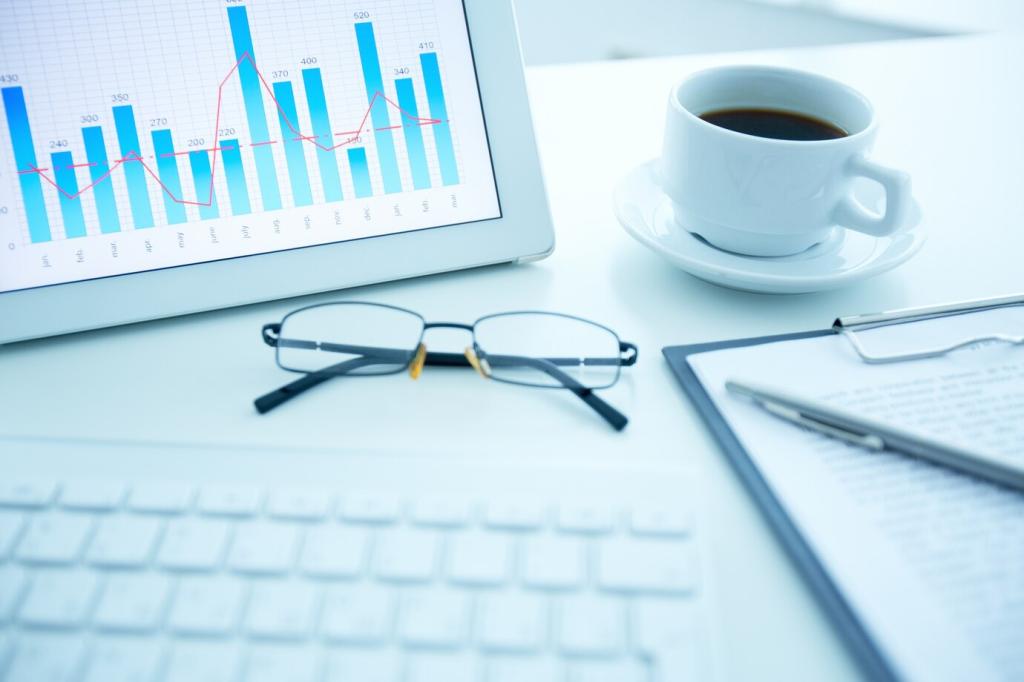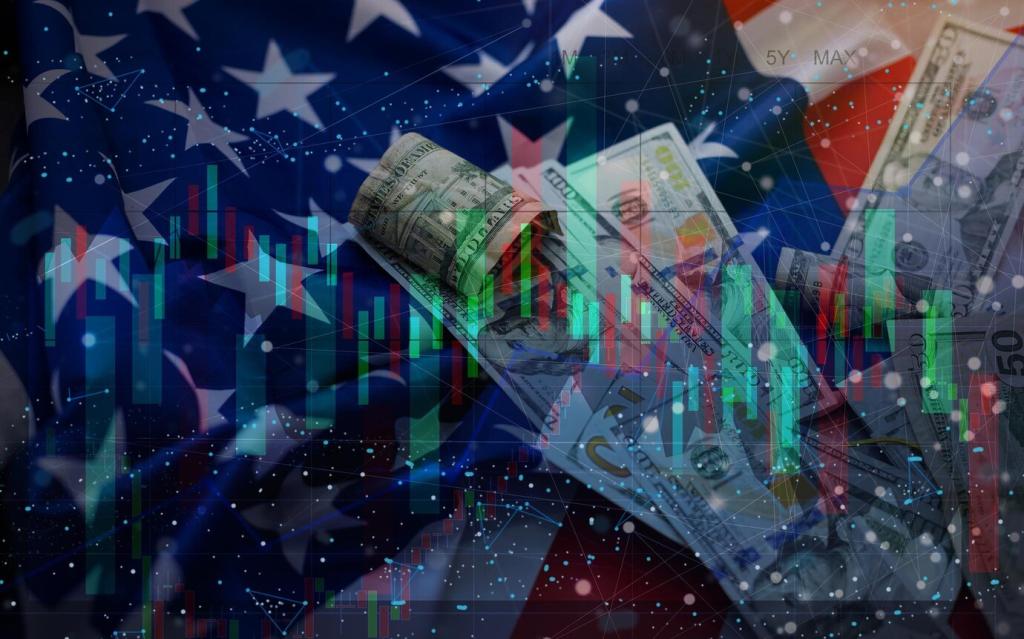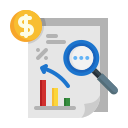Chosen theme: 8. The Role of Big Data in Economic Trend Analysis. Explore how massive, messy, and fast-moving datasets reveal turning points in growth, inflation, jobs, and consumer behavior long before official reports land. Subscribe and share your perspective to shape our next deep dive.

From Lagging Reports to Real-Time Signals
Traditional indicators arrive weeks late, but web searches, e-receipts, card swipes, and mobility traces update daily or hourly. Share how real-time indicators have challenged your expectations during fast-moving markets or policy shifts.
The Mosaic Theory of Modern Markets
No single dataset tells the whole story. But stitching together many imperfect signals—prices, traffic, job postings, satellite images—creates a cohesive narrative. Comment with your favorite unconventional metric that proved surprisingly predictive.
A Coffee-Line Anecdote with Macroeconomic Meaning
A café owner noticed shorter morning queues after fuel prices spiked; mobile location data then showed commuters shifting schedules. Small patterns often foreshadow macro shifts. Have you spotted local clues hinting at broader trends?


The Data Sources Powering Economic Trend Analysis
Spikes in searches for “unemployment benefits” or “discount groceries” can precede official labor and spending data. Social sentiment around prices captures perceived inflation. Tell us which search topics you monitor and why they matter.
The Data Sources Powering Economic Trend Analysis
Aggregated card data and digital receipts reveal category-level spending shifts, while mobility shows foot traffic recovering street by street. What consumer categories do you think best signal upcoming retail growth or weakness?
Models That Turn Raw Signals into Economic Insight
Gradient boosting, LSTMs, and transformers can combine many indicators to estimate GDP, jobs, or inflation before releases. What features would you engineer to improve stability across cycles? Join the discussion below.


Models That Turn Raw Signals into Economic Insight
Structural models, instrumental variables, and difference-in-differences help separate genuine drivers from coincidental movements. Share your experience balancing fast predictive power with the need for credible causal stories.
Case Study: Reading the Post-Pandemic Recovery
Urban downtowns lagged while suburban retail corridors recovered first, reflected in foot traffic gaps. Did your city defy that pattern? Share your local recovery story to add real-world texture to the data.


Case Study: Reading the Post-Pandemic Recovery
Satellite images of port congestion and AIS ship signals predicted delivery times and inventory pressure weeks ahead. Which logistics indicators helped your team navigate shortages and delays most effectively?
Collect only what is necessary, anonymize rigorously, and respect opt-outs. Share your best practices for governance that satisfies both regulators and customers without sacrificing analytical value.
Ethics, Privacy, and Responsible Use
From Insight to Action: Policy, Markets, and Industry
Central Banks and Inflation Nowcasts
Web-scraped prices, freight rates, and wage postings can refine inflation nowcasts between releases. Which alternative indicators would you add to improve policy decisions during volatile commodity cycles?
Retailers, Inventory, and Local Demand
Foot traffic and basket composition guide store staffing and replenishment, preventing stockouts and markdowns. Tell us how your team aligns operations with high-frequency demand signals to capture microtrends.
Investors and Alternative Data Edges
Shipping manifests, app usage, and hiring trends can foreshadow revenue surprises. What guardrails do you set to manage data quality, compliance, and model risk while seeking alpha responsibly?
Build Your Own Economic Data Lab
01
Resilient Pipelines and Feature Stores
Automate ingestion, validation, and schema checks; centralize features with lineage. What open-source tools or cloud services have you found most dependable for high-frequency economic streams? Share your stack.
02
Benchmarking, Backtesting, and Stress Tests
Compare against official releases, run rolling windows, and stress scenarios across shocks. Describe how you guard against overfitting while keeping models sensitive to genuine turning points in the economy.
03
Communicating Insight with Story and Visuals
Pair uncertainty bands with clear narratives; highlight leading indicators and risk flags. Post your favorite visualization that turned a noisy dataset into a persuasive economic story readers could act on.
